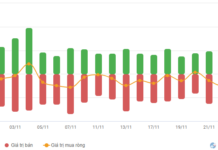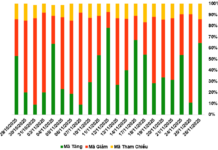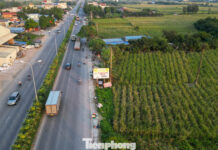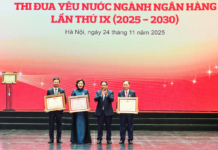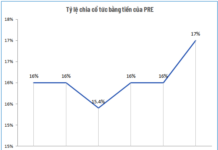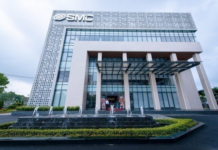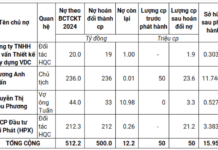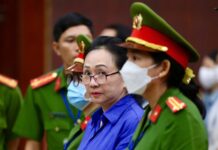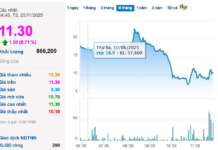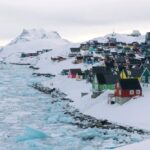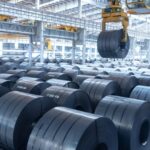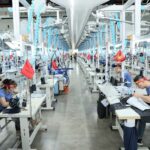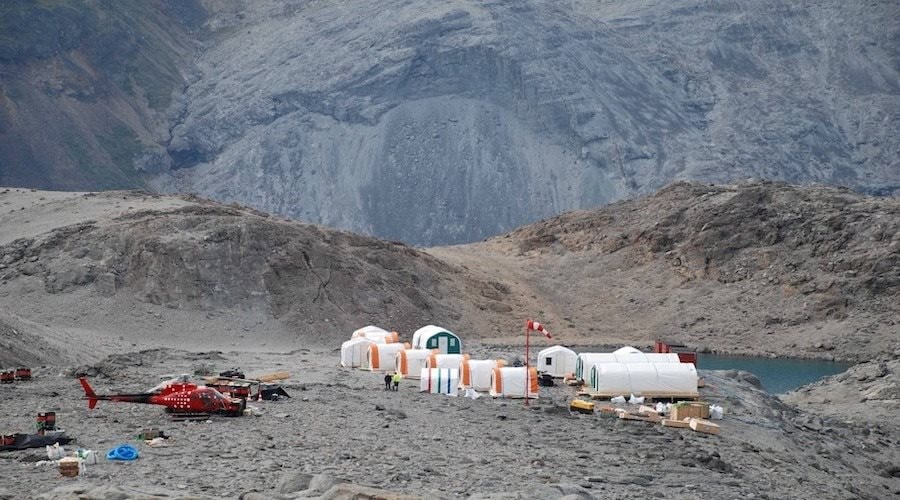
Tanbreez stands as the world’s largest rare earth resource outside China.
Critical minerals are the new oil. Everyone wants long-term supply—except China, which has spent years building a global supply chain to dominate as the largest supplier and processor. The U.S. and Europe are racing to catch up, and they’re looking north to do it.
Earlier this month, the European Union decided it needs to start stockpiling critical minerals to avoid shortages if China tightens supply. Some argue this move is too little, too late, but the EU’s decision underscores the critical mineral supply issue and why the West needs to diversify its sources.
Europe, like the U.S., heavily relies on imports of critical minerals for various industries. However, these imports could be cut off, as China warned earlier this year by imposing export quotas on certain goods amid escalating trade tensions sparked by President Trump. To prevent disruptions, the EU announced it will establish an agency “to purchase, coordinate European purchases, stockpile inventories, and encourage companies to integrate greater economic security into their supply chains.”
Meanwhile, the U.S. is focusing on securing its own production—right in Europe’s backyard. A U.S.-based company is set to begin commercial operations at Tanbreez (Greenland), one of the world’s largest rare earth mines. The mine is estimated to hold 45 million tons of rare earths, with a current net worth of approximately $3 billion, according to Critical Metals, the operator.
“Tanbreez is the most significant mining asset of our era,” said Thomas McNamara, Director of Business Development & Investor Relations at Critical Metals. “As the largest REE/HREE (heavy rare earth elements) resource outside China, Tanbreez is the solution to restructuring the global supply chain toward more stable, secure, and reliable sources. Tanbreez could supply nearly all of the West’s REE needs for generations,” McNamara added.
According to the company, Tanbreez could essentially become the solution to at least part of the West’s critical mineral problems. Without Tanbreez—and potentially many similar projects—“rerouting the global REE/HREE supply chain would be extremely challenging.”
Critical Metals may be one of the first companies to arrive in Greenland, but it’s unlikely to be the last. Suddenly, everyone is turning to Greenland to extract critical minerals. Politico reported in September that the United Kingdom is seeking a cooperation agreement with the Danish autonomous territory. Also in September, the EU’s energy commissioner, a Danish politician, visited the world’s largest island to discuss critical mineral supplies for the bloc.

Beyond rare earths, Greenland is a treasure trove of base metals, gemstones, and precious metals.
“Greenland is currently a treasure trove of base metals, precious metals, gemstones, rare earths, uranium… everything is there. The issue is that until recently, extracting them was considered entirely unfeasible,” a political science associate professor at the University of the Arctic in Norway told CNBC last week.
“But with climate change and the ability to navigate the Arctic Ocean much more frequently, especially during the summer months, Greenland is starting to be scrutinized more closely as a potential alternative supplier for many of these strategic materials to China,” said Marc Lanteigne.
According to a 2023 survey cited by CNBC earlier this year, Greenland has 38 different raw materials, including rare earths, graphite, molybdenum, and tantalum, as well as titanium, uranium, and gold. Europe and the U.S. want a share to diversify their supply chains and reduce dependence on China.
Meanwhile, major Arctic nations are ramping up local production. CNBC reports that both Russia and Canada are investing more in Arctic resource development, and even Sweden is accelerating exploration in the north, where a rare earth mine was discovered two years ago.
All this sounds promising for future supply security, but the Oxford Institute for Energy Studies offered a cautious note earlier this year. Senior Research Fellow Philip Andrews-Speed delivered a sobering message: it will take years to develop Arctic resources, and they won’t compete with those already being mined in Africa.
He predicts that after 2034, the region could see increased mineral and metal production, but this will depend on how competitive Arctic supplies are compared to those from other parts of the world.
Latest Developments in Anti-Circumvention Investigation of Wide-Flange HRC from China, Initiated by Hoa Phat and Formosa
In the event of such a scenario, Hoa Phat Group (HPG) and Formosa Ha Tinh Steel Corporation are poised to reap significant benefits as the sole domestic entities capable of independently producing Hot Rolled Coil (HRC) steel, amidst a severe supply shortage in the industry.
Vietnam’s Race to Join the Global Semiconductor Map: Can It Keep Pace as the World Shifts?
Global supply chain disruptions and robust policy commitments present a unique opportunity for Vietnam to emerge as a leader in the semiconductor industry, the backbone of the digital economy. However, this potential can only be realized if Vietnam successfully navigates challenges in workforce development, infrastructure enhancement, and regional FDI competition.


